Notes (continuation) on the wooden sarcophagus and two coffins of Ir, Dyn. XXVI, from Thebes, formerly in Salt and Amherst collections, current location not known (TopBib i2.835):
- ink text on paper
- loose
- 20.6 x 33.2 cm
- [text]:
'The [V39] hieroglyphic represents the fastening of the
belt worn by the Gods and Kings round the waist
The [R11] hieroglyphic in the upper part of the
staff carried by the Divinity Pthath only
The age of the Sarcophagus is apparently
discovered settled by Mr Sharpe's discovery *
namely after the the time of the Persian
rule with which time the style of the hieroglyphics
agree
Mr Sharpe also remarks the [X1\:X1-Q1] for the
more ancient forms [X1\:H8-Q1]
X See Mr Sharpes notes
The drawing of the heads of the different figures
on all three of the Cases show that they were
all three decorated by the work of the same artist in all
of them there is a remarkable protrusion of the
lips. This remark does not apply to the sculptured
heads on the 2d and 3d case and therefore thus the
Sculptor and painter were not the same person
as there is abundant proof I Bonomi to show in other
monts'


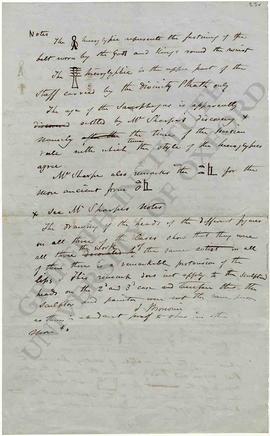
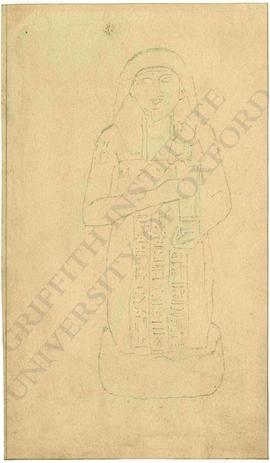

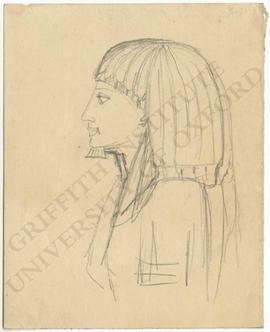

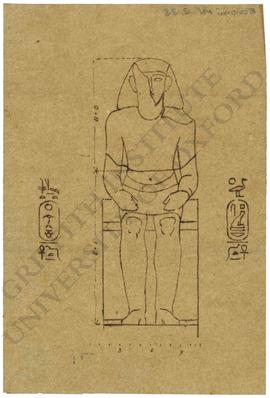
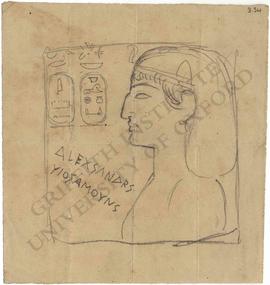

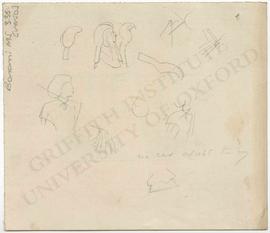
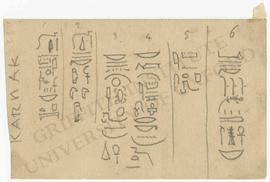
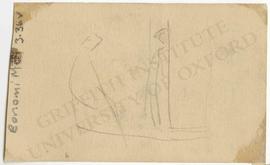
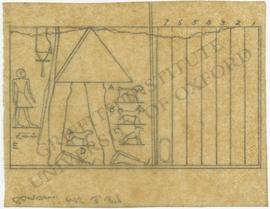

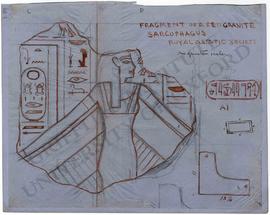

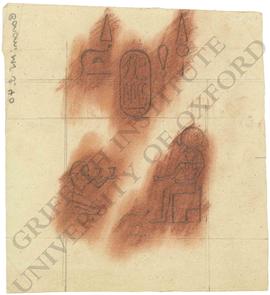


![[Left] Egypt. Brick-stamp bearing the name of a king Amenhotep, wood, provenance not known, now i...](/uploads/r/null/9/c/4/9c4e27ff05a33deb783e83717c86f12f3fc400726005447f46412461ae035747/Bonomi_03_42_res600ppi_142.jpg)

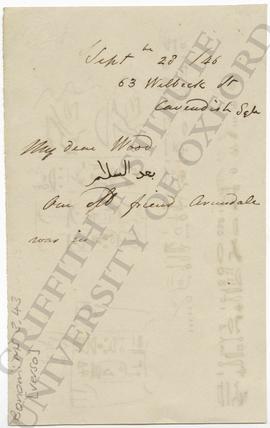
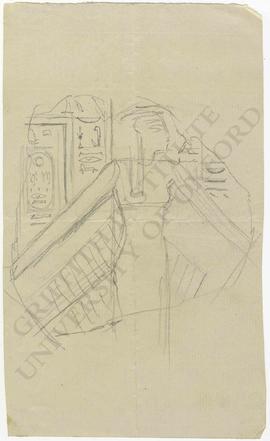
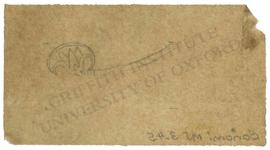
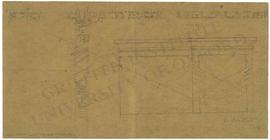
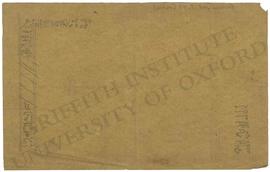
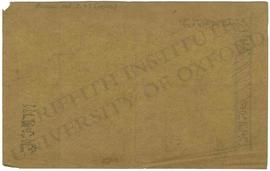
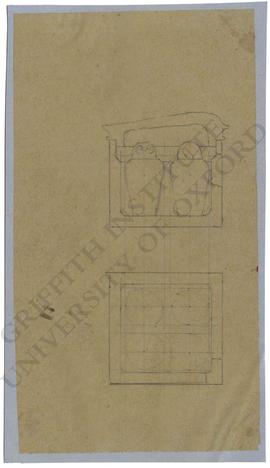
![[Left] Egypt. Probably Thebes. Bound captives from scene of King smiting captives, not identified...](/uploads/r/null/b/b/c/bbcdf0051a959ce00f4ba5b0c7f38a7db6ee19739ff4c24621831409d38c3321/Bonomi_03_49_recto_res600ppi_142.jpg)